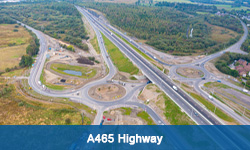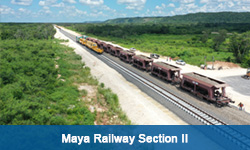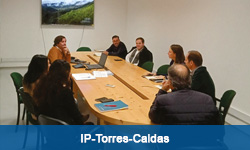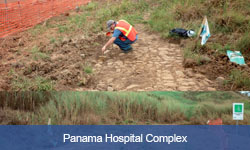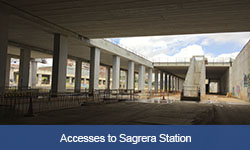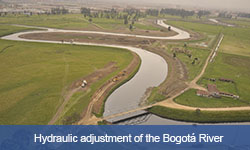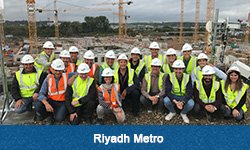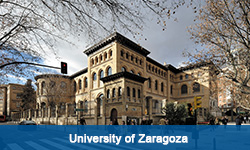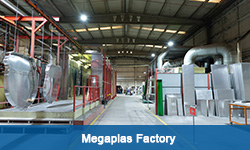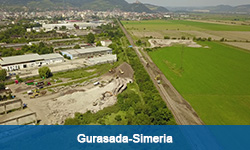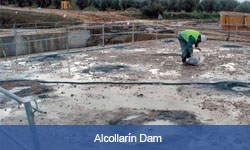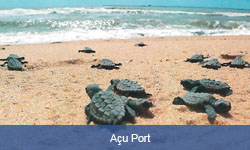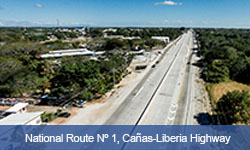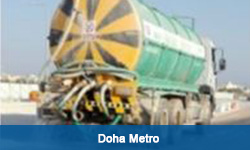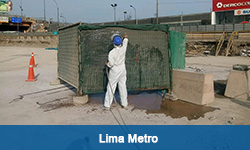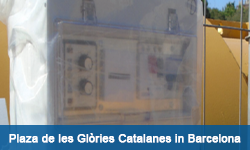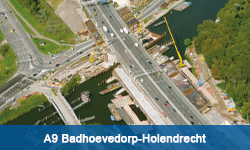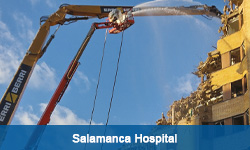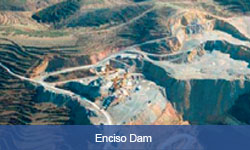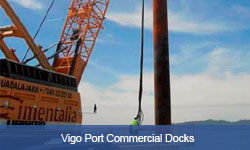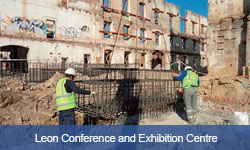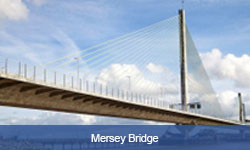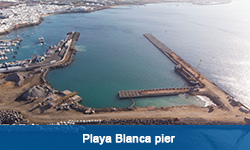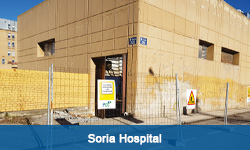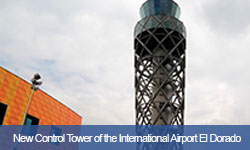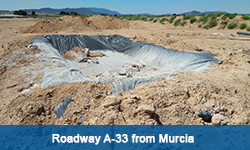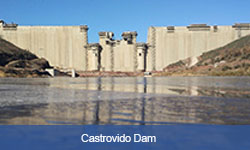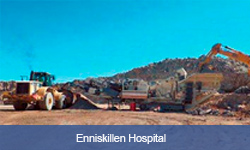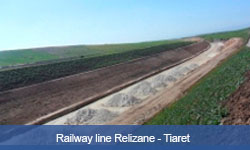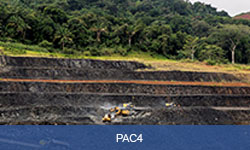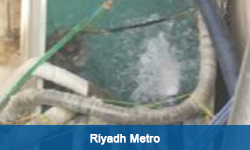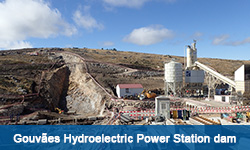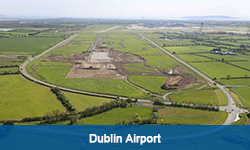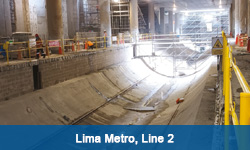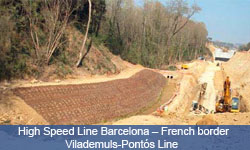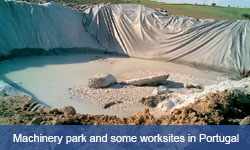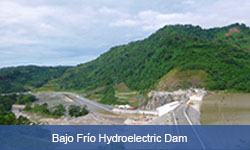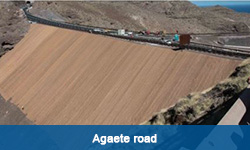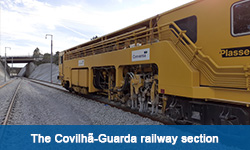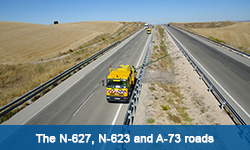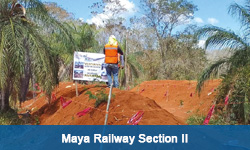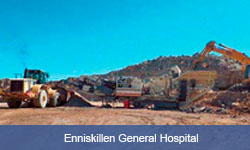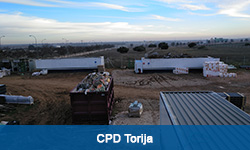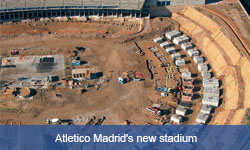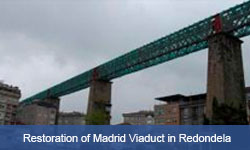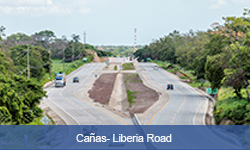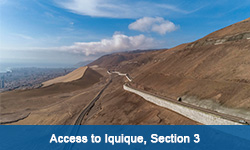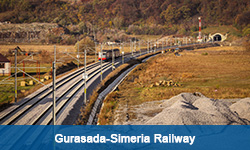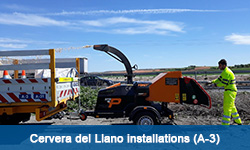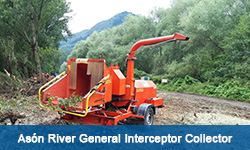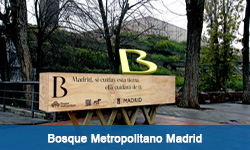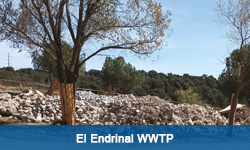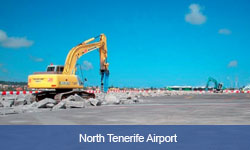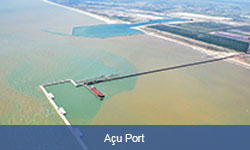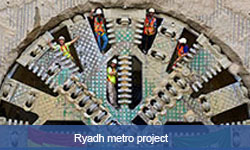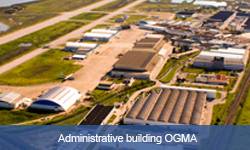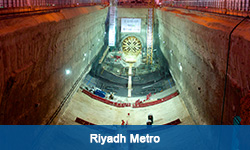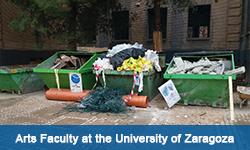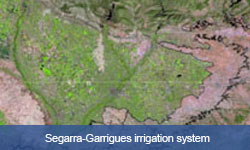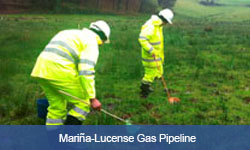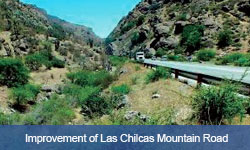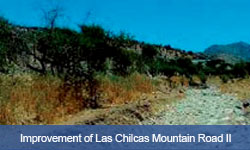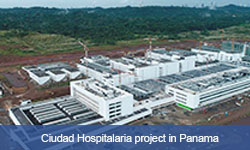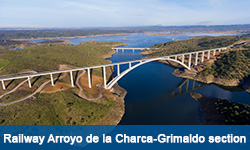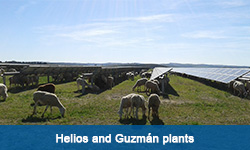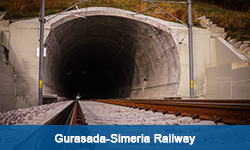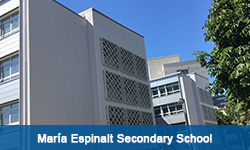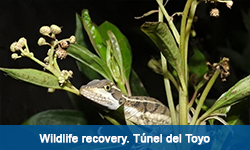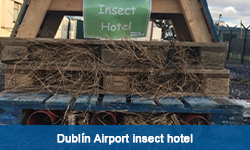Good practices
| 2022 | 2023 | |
|---|---|---|
| Projects that provide data related to Good Practices | 90/91 (99%) | 93/94 (99%) |
| Implementation of Good Practice on site | 25/28& (89%) | 21/24 (88%) |
| Projects that achieve the environmental goal | 88/91 (97.8%) | 87/94 (92%) |
Good environmental practices fall into the following fields:
1. Relationship with Society
ExpandRelations with people are key to success in the construction industry. Being attentive to the people around us, the experiences we share and from which we learn are all elements that configure the way we conduct ourselves in our environment and are critical to the successful outcome of our efforts.
Case study
2. Atmospheric Emissions
ExpandMoving large quantities of earth, driving machinery and demolishing buildings and other structures are the main causes of emissions of dust and particles.
Some of the good practices we most often implement at our sites consist in sprinkling roads and waste heaps to keep down the dust raised by passing machinery and the work going on at the site. Good machinery maintenance is fundamental.
Case study
3. Noise and Vibrations
ExpandNoise generation is a temporary problem with varying levels of intensity.
With regard to noise and vibrations, the Company’s efforts focus on both direct actions to reduce sound levels and indirect actions to reduce the inconveniences caused by adjusting hours, usage and customs in the affected areas.
Case study
4. Water discharge
ExpandWater is a highly valuable resource, and the impact caused by FCC Construcción’s activities runs the gamut from water consumption to the occupation of river banks, stream diversion and wastewater dumping.
Our measures are aimed at enhancing our efficiency of water use and reducing associated dumping.
Case study
5. Use, contamination or loss of soils
ExpandLand is a non-renewable resource in the short- and medium-term view and is characterised by its great vulnerability. For this reason it is highly important to use measures to reduce the impact we have on land and soil.
Some of the foremost measures we take are to restore areas where temporary construction facilities have been located and to limit site access and occupation.
Case study
6. Use of Natural Resources
ExpandOur business has to face the need to optimise our resource use. Not all the resources we consume can be chalked up to the actual building phase, where we process the materials required by the project’s design; we can also optimise our application of resources by managing waste wisely and averting needless losses due to improper storage.
Case study
7.Waste production
ExpandThe waste created during construction is one of the main environmental problems of building, because construction waste contributes largely to environmental degradation. In addition to this, dumping space is running short and resource consumption needs to be optimised. Good waste management is therefore critical, i.e., identifying what waste our work is going to create and forecasting the quantity of waste that will have to be handled.
Case study
8. Land Use Planning: (biological diversity, urban environment)
ExpandIn addition to abiotic factors (water, atmosphere, soil), the construction sector also has a clear impact on biotic factors, such as the plant and animal species living in the environment where the construction site is located. Biodiversity conservation is another one of the big environmental challenges that concern FCC Construcción. The measures we apply aim especially at the physical protection of local species, moving species and adjusting our work schedules to better accommodate different species’ life cycles. In addition FCC frequently institutes practices enabling us to interfere as little as possible in the community’s daily life, such as avoiding spreading dirt when entering and leaving the site and facilitating access when we have no choice but to occupy sidewalks or streets.
Case study









